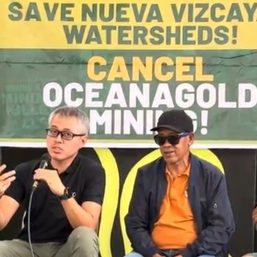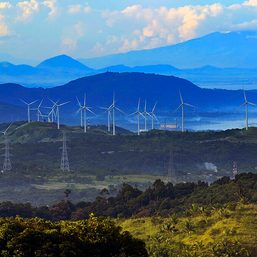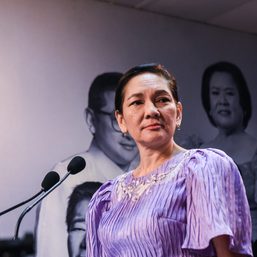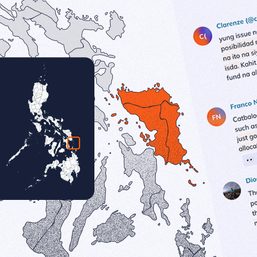SUMMARY
This is AI generated summarization, which may have errors. For context, always refer to the full article.
MANILA, Philippines – Legislation that serves as the bedrock of the country’s mining industry continues to evolve, from the Mining Act of 1995, Executive Order 79 and most recently, a revised IRR.
MANILA, Philippines – Mining is one of the most hotly contested issues in the country today, with staunch supporters from both anti and pro groups. What cannot be denied is the country’s abundant mineral wealth, estimated at US$840 billion, and the lapse from its former heyday in the 1970s and 1980s when it was responsible for 20% of the country’s export earnings and a leading source of employment.
What happened between then and now? Let us take a look at the major laws and policies that has set the foundation and continue to define the Philippines’ mining industry. – Rappler.com
For the existing mining contracts in the Philippines, view this #WhyMining map.
How does mining affect you? Are you pro or against mining? Engage, discuss & take a stand! Visit Rappler’s #WhyMining microsite for the latest stories on issues affecting the mining sector. Join the conversation by emailing whymining@rappler.com your views on the issue.
For other views on mining, read:
| Yes to Mining | No to Mining |
More on #WhyMining:
Add a comment
How does this make you feel?





![[In This Economy] A counter-rejoinder in the economic charter change debate](https://www.rappler.com/tachyon/2024/04/TL-counter-rejoinder-apr-20-2024.jpg?resize=257%2C257&crop=267px%2C0px%2C720px%2C720px)
![[Vantage Point] Joey Salceda says 8% GDP growth attainable](https://www.rappler.com/tachyon/2024/04/tl-salceda-gdp-growth-04192024.jpg?resize=257%2C257&crop_strategy=attention)
![[ANALYSIS] A new advocacy in race to financial literacy](https://www.rappler.com/tachyon/2024/04/advocacy-race-financial-literacy-April-19-2024.jpg?resize=257%2C257&crop_strategy=attention)


There are no comments yet. Add your comment to start the conversation.